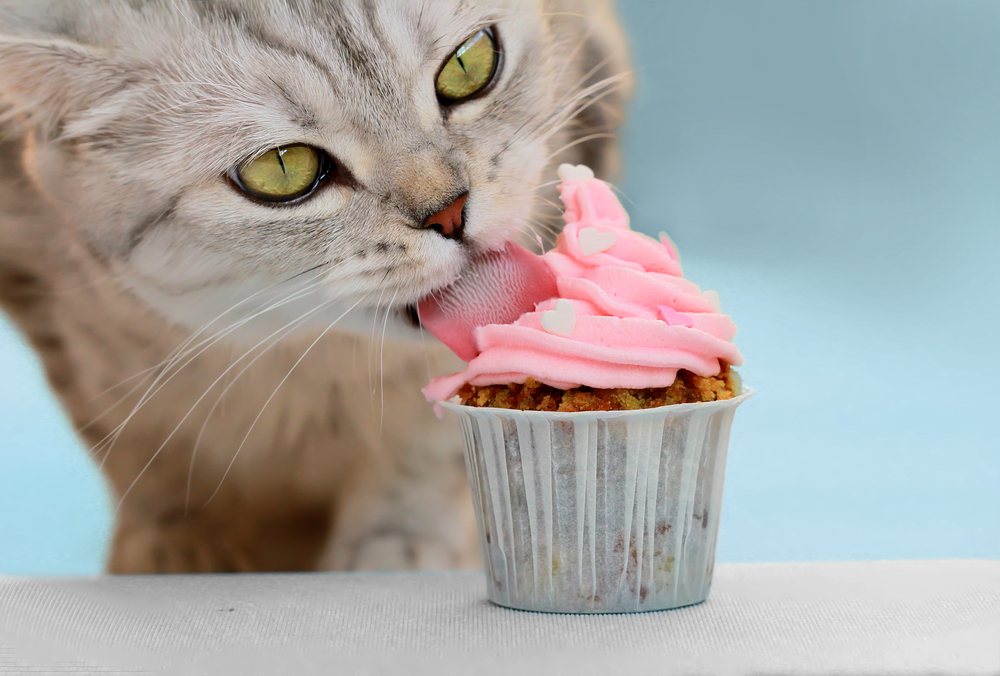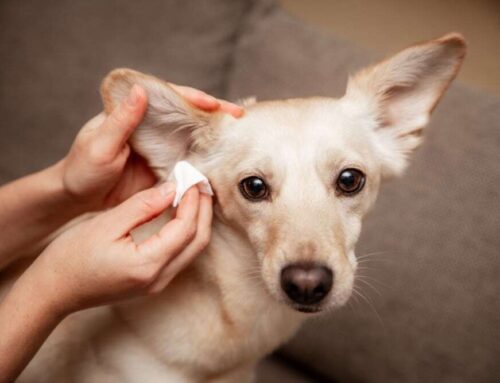Cats are curious creatures, and we may never fully understand all their majestic mysteries. However, we do keep learning more about their complexities, and our team at Animal Medical Hospital of Naples is sharing interesting cat facts that can help you better understand your fantastic feline.
Cat fact #1: Whiskers are more than part of a pretty face
Your cat’s adorable whiskers serve many important purposes—most people picture the hairs sprouting from either side of their cat’s muzzle when they think of whiskers, but cats are covered in whiskers that help them navigate their world. They have whiskers on their jaws, above their eyes, near their ears, and on the back of their forelegs, all with different functions, such as:
- Face = navigation —The whiskers embedded on your cat’s face are connected to their nervous system, and help your cat determine an object’s distance, direction, and texture.
- Back legs = hunting — The whiskers on the back of your cat’s front legs (i.e., carpal whiskers) provide crucial information for hunting by detecting the prey’s position and movements. While most domestic cats no longer need to hunt live prey, they use these whiskers when playing with toys.
- Face = Mood messages — Watch your cat’s whiskers closely for clues about their mood. If your cat’s facial whiskers are not moving and are sticking straight out, they are likely relaxed and content, but whiskers pinned back toward the face indicate they may be upset or nervous. Such subtle signs help your cat communicate their feelings, the same way that humans communicate by changing facial expressions.
Remember, never trim your cat’s whiskers, which are key to their sensing and communication. Cutting their whiskers would be like taking away a human’s sense of sight or smell.
Cat fact #2: Purring is a complex form of communication
Your cat curled up on your lap, purring away, is clearly content, but purring can allude to much more than happiness. Purring is a complex form of cat communication that begins in days-old kittens to bond and communicate with their mother. As they age, cats continue to purr for a variety of reasons, including:
- Hunger — If your cat purrs at mealtime, they likely are letting you know they are hungry.
- Self-soothing – Cats often purr as a soothing technique, much like a child sucks their thumb. Some research suggests that the low vibrations created when a cat purrs may help ease pain and heal muscles.
Cat fact #3: Grooming is serious business
Does your cat seem to you to spend most of their waking hours grooming? Your suspicion is correct. Cats can spend as much as half their waking time grooming themselves, or another cat. Like other feline behaviors, grooming serves multiple functions, including:
- Removing debris — Your cat uses their tongue and saliva to remove debris from their fur.
- Cleaning wounds — Your cat may lick painful, inflamed, or itchy body areas, including wounds. While the initial licking can clean the site of dirt and blood, too much licking can lead to infection.
- Regulating body temperature — Since cats do not have sweat glands, their saliva helps them cool down on hot days.
- Soothing their soul — Grooming feels good, and can be a self-soothing behavior for some cats.
While cats normally groom themselves often, the behavior can become obsessive-compulsive when cats are stressed—the same way some humans bite their nails—and can lead to bald patches and skin sores. If you think your cat is overgrooming, schedule an appointment with your veterinarian. Sores and skin irritation can be effectively managed with skin cream, or oral or injectable anti-inflammatories.
Cat fact #4: Sweet treats are no temptation

Many people have a sweet tooth and cannot resist the temptation of sweets. But, unlike other mammals, cats do not have the proper receptors (i.e., taste buds) to detect sweet tastes, probably the result of evolution. Cats are carnivores who need to eat meat to survive, but they don’t need carbohydrates in their diets and thus have no need for sweet-tasting food. Your cats may be selective about their food, not because they are picky, but because their sense of taste has evolved that way.
Cats are truly an amazing species, and our team at Animal Medical Hospital of Naples is committed to providing all felines with the highest level of care. All cats should receive regular, preventive veterinary care at least annually. Contact our team to schedule your cat’s next wellness appointment, not only to support their health and wellbeing, but also to tell our team all that you have learned about cats.







Leave A Comment